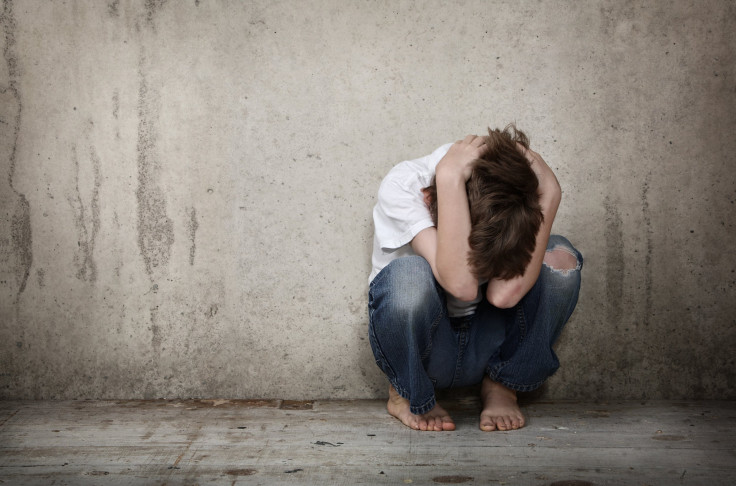Child Abuse And Neglect Make Kids More Likely To Grow Up With Chronic Migraines

Migraines can be debilitating, but they may be inevitable for those with a history of child abuse. Researchers from Albert Einstein College of Medicine collaborated with Montefiore Headache Center and found adults who grew up in a neglectful or abusive childhood were at a greater risk for developing migraines.
"Childhood maltreatment can have long-lasting effects, like associated medical and psychological conditions, including migraine in adulthood," the study’s coauthor Dawn Buse, the director of behavioral medicine at Montefiore Headache Center in New York City, said in a press release. "When managing patients with migraine, neurologists should take childhood maltreatment into consideration."
Researchers weren’t even originally looking for the link between abuse and migraines, but found it after studying 8,305 adults with migraines and an additional 1,429 with tension headaches. Each participant was required to complete the Childhood Trauma Questionnaire, which asked about their history. The three types of childhood maltreatment were emotional abuse, when someone intentionally does or says something to harm a child; emotional neglect, when someone fails to promote a child’s well-being either intentionally or unintentionally; and sexual abuse.
Every single year there are more than six million children in America who are physically, emotionally, or sexually abused. Buse and her research team found that out of those they studied, 24.5 percent of those with migraines also suffered from emotional abuse as a child. When it came to tension headaches, 21.5 percent experienced emotional abuse. Overall, if a child experienced emotional abuse alone they were 30 percent more likely to suffer from migraines later in life.
If a child experienced two different types of abuse during their childhood, they were 50 percent more likely to suffer migraines than those who experienced one form of abuse. Oftentimes, when a child is physically abused, they are victims of emotional abused, according to the American Humane Association. Whether it be condescending name-calling, intentional put-downs, or verbal or silent abuse, the child suffers. It leaves bruises oftentimes more emotionally damaging than the physical marks, and they now come in the form of migraines.
Tension headaches are the most common form of adult headaches; however, migraines are typically more painful and can even be disabling. With 45 million Americans suffering from chronic headaches — and of those, 28 million are suffering from migraines — how many do you think can be attributed to a history of child abuse?
There are no real effective treatments for migraines, which cause intense throbbing or pulsing in one area of the head, along with nausea, vomiting, and extreme sensitivity to light, according to Mayo Clinic. Instead of trying to figure out treatments for migraines and headaches, preventive medicine could step in and try eliminating the risk factors before they develop into a serious psychological and health issues. By stopping child abuse, they could decrease migraine and tension headache risk — a utopian philosophy but an applicable one nonetheless.
Source: Buse D. Neurology. 2014.



























